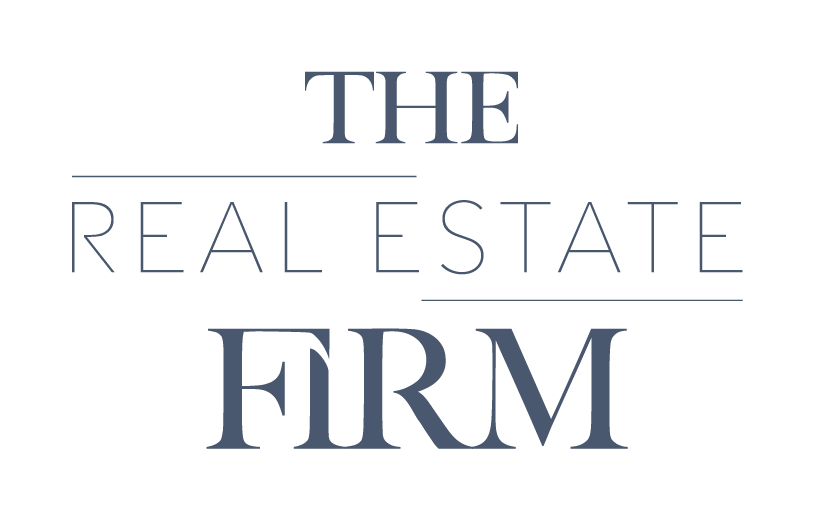Types of Tenancy Agreements
A tenancy agreement (also known as a lease) is a legally binding, written agreement between a tenant and a property manager/owner.
An agreement must be used even if it is between family or friends.
A tenant without a written agreement still has legal protection.
A tenant should be given the tenancy agreement before paying any money or being committed to the tenancy.
Types of agreements
- General tenancy agreement (Form 18a): houses, townhouses, units and houseboats
- Moveable dwelling agreement (Form 18b): caravans, caravan sites and mobile homes
- Rooming accommodation agreement (Form R18): renting one or more rooms and sharing other rooms or facilities with others. Special terms may apply for residents with impaired capacity in rooming accommodation.
There may also be cases where the agreement is not covered by the Act or there is no written agreement.
A tenancy agreement must include:
- name and address of tenant and property manager/owner
- start and end dates (or state if it is periodic)
- the rent and how it should be paid (e.g. direct deposit)
- standard terms (what the tenant and property manager/owner can and cannot do)
- any special terms (these should be agreed in advance, e.g. that dogs are allowed but must be kept outside)
Period of tenancy agreement
- fixed term – the tenant agrees to rent a property for a fixed amount of time (e.g. 12 months)
- periodic – when the tenant rents the property for an indefinite period
Sourced from the RTA

